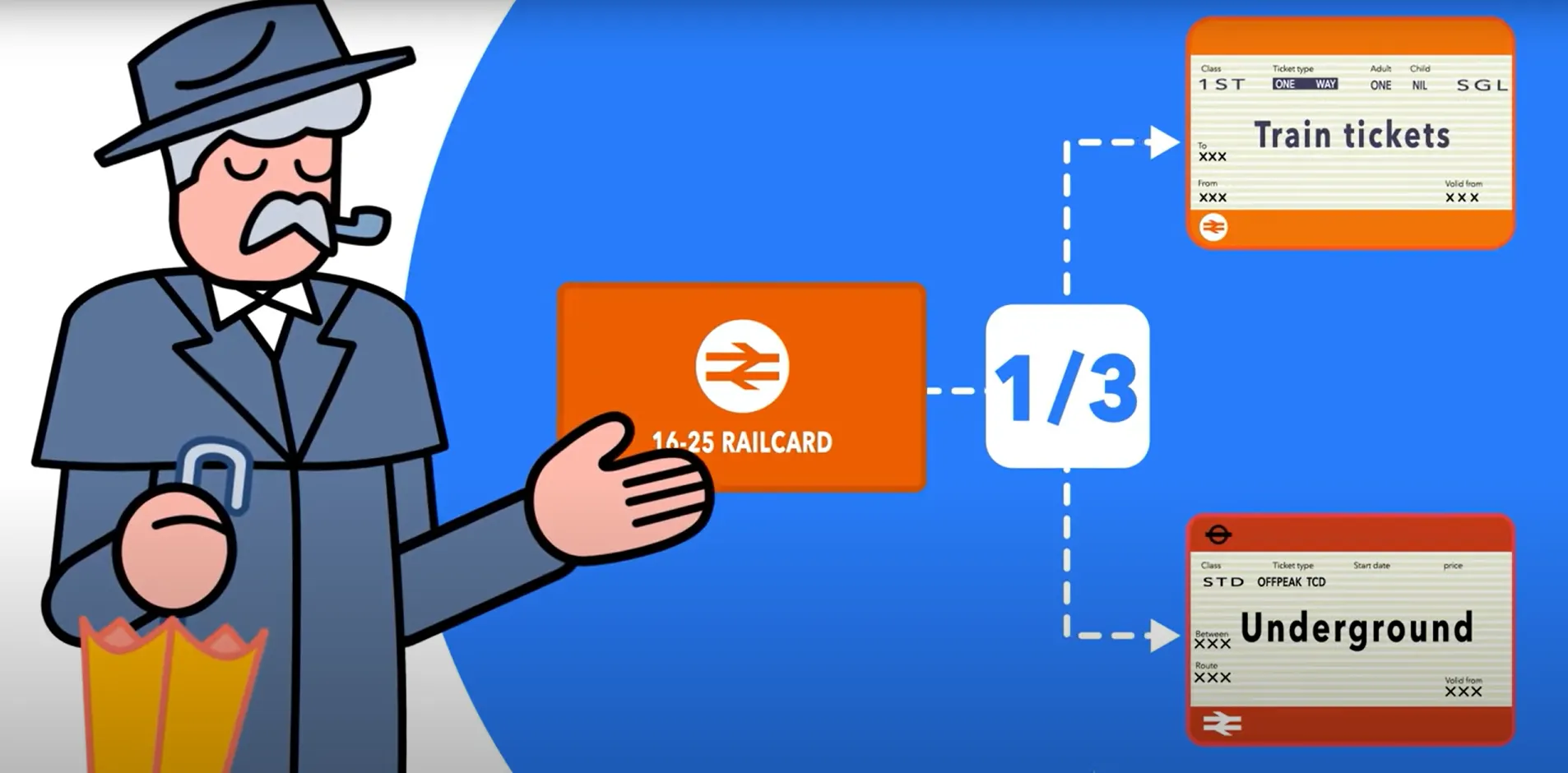Alongside a 4.6% increase in regulated train fares, the Government has recently announced an increase in the price of UK Railcards, scheduled to come into effect on 2 March 2025. But how much are they increasing by and why?

How much are Railcard prices increasing by?
For all railcards excluding the Disabled Persons Railcards, 1-year Railcard prices are increasing by £5 each, and 3-year Railcard prices are increasing by £10 each.
The Government agreed to the £5 increase in the price of Railcards “subject to an industry proposal.” Alongside the increase in ticket prices of Season, Flexible and long-distance Off-Peak Return tickets, the government described the Railcard price increase as the “lowest absolute increase in three years.”
When are Railcard prices increasing?
Railcard prices will increase from March 2 2025, so be aware if you are planning on purchasing one soon.
Below is a more detailed breakdown of these changes you can expect on March 2
| Railcard | 1-year price | 3-year price |
| 16-25 Railcard | £35 £30 | £80 £70 |
| 26-30 Railcard | £35 £30 | N/A |
| Two Together Railcard | £35 £30 | N/A |
| Network Railcard | £35 £30 | N/A |
| Family & Friends Railcard | £35 £30 | £80 £70 |
| Senior Railcard | £35 £30 | £80 £70 |
| 16-17 Saver | £35 £30 | N/A |
| Veterans Railcard | £35 £30 | £80 £70 |
| Disabled Persons Railcard | £20 | £54 |
2025 Railcard questions - answered
Why is the cost of the Railcard changing?
After being frozen for over a decade the cost of most Railcards, excluding the Disabled Persons Railcard, will increase on 2 March 2025. When the additional £5 for a 1-year Railcard (and £10 for a 3-year Railcard) comes into effect the cost will go towards keeping train services running, funding improvements and delivering a more reliable and sustainable service with a better overall experience for customers.My Railcard isn't due to renew until after 2 March, 2025 - can I renew now and carry the remaining months over?
You can only renew your Railcard up to 30 days in advance in order for your new Railcard to start from the expiry date of your old Railcard.
Why use a Railcard?
Despite the price increases, Railcards remain one of the most cost-effective ways to save money on train travel. Here are the key reasons why you should consider getting one:
- Significant savings: A Railcard offers up to 1/3 off most rail fares, which can quickly offset the initial cost. For frequent travellers, such as commuters, the annual savings are often substantial.
- Wide range of discounts: Discounts apply to various ticket types, including Off-Peak, Advance, and Anytime tickets, making it versatile for different travel needs.
- Specialised options: With Railcards tailored to specific groups, such as students (16-25 Railcard), seniors (Senior Railcard), and families (Family & Friends Railcard), there is likely an option that suits your circumstances.
- Flexible use: Railcards can be used for commuting, holidays, day trips, or visiting friends and family, making them valuable for both leisure and practical travel.
- Ease of use: Digital Railcards can be stored on your phone, eliminating the need to carry a physical card, while still offering the same benefits.
Investing in a Railcard is particularly worthwhile if you travel by train regularly or plan a few long-distance journeys throughout the year. With the right Railcard, you can keep travel costs manageable even as ticket prices rise.
